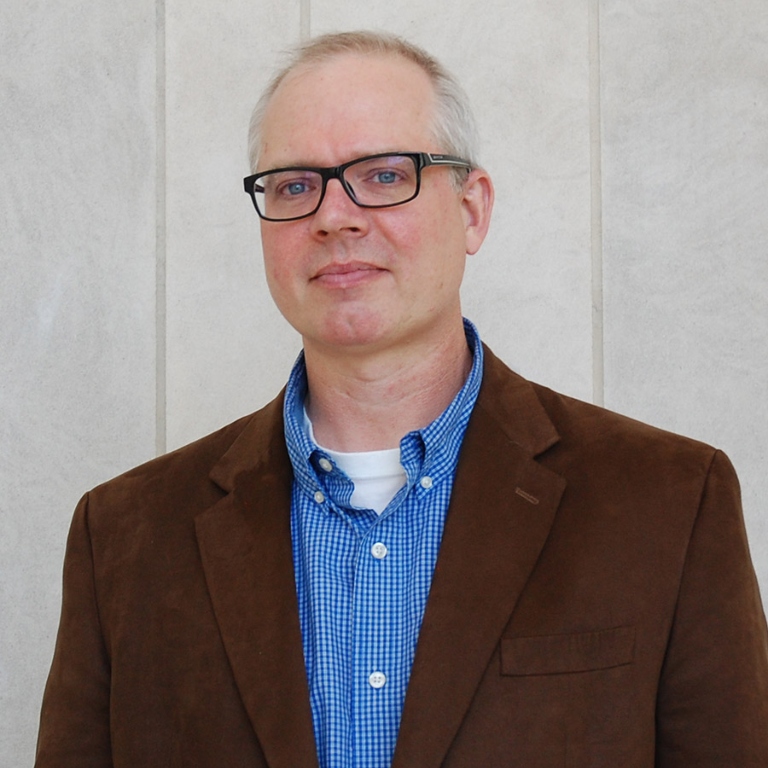If you want to clean up the largest pollution spill in the country, one unaltered by decades of work and billions of dollars, you need to spend a lot of time making tiny measurements. Most of them will only confirm the depressing trend: More and more contaminants are winding their way from farms into rivers and streams.
But in one small watershed in northern Indiana, those measurements have revealed an undeniable improvement in one of the most stubborn environmental crises in the world.
On a foggy November morning, between gently rolling fields, Jennifer Tank, a biology professor at the University of Notre Dame, and two of her graduate students dressed in waders lowered themselves into the Shatto ditch, a 45-minute drive from South Bend. They stretched a measuring tape across the water and began taking readings. One of the students, Shannon Speir, held a metal rod with a bulb on the end where the ankle-deep water met waist-high grass. The device registered the streamflow’s pressure against the bulb and transmitted this information to a digital display she had slung over one shoulder.
“Point-oh-two, grass,” Speir called up to the other grad student, Matt Trentman, who jotted down the number indicating how fast water was flowing through the grass at the edge of the channel. Then she moved the rod over an inch and took another measurement. After doing that all the way across the ditch and filling plastic tubes to test the water back at the lab, they moved a dozen yards upstream to a drain pipe conveying water from a nearby field for another set of measurements. Students working with Tank and her collaborator, Todd Royer, a scientist at the Indiana University, Bloomington, have been at this every two weeks for the last seven years. Add that to the expensive devices automatically measuring water quality every half hour, and the storm-chasing measurements Trentman makes when it starts to rain.



